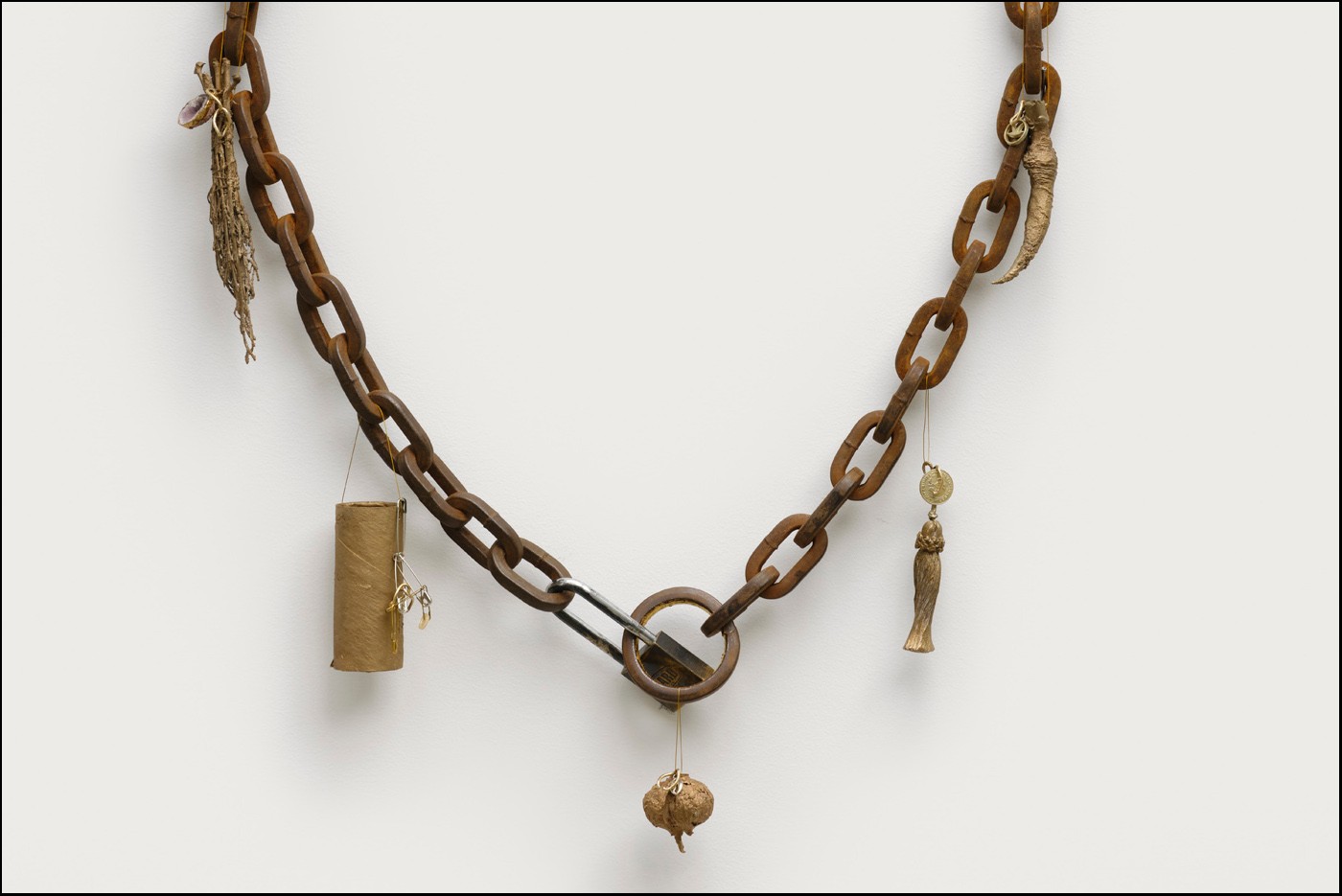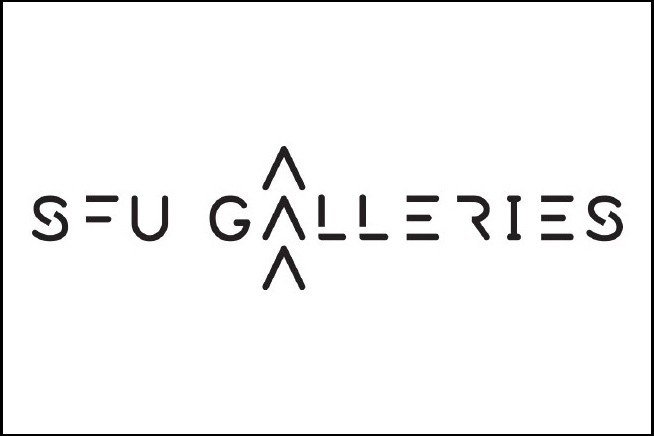REFLECTION: Connecting as practice: Working with The Salish Weave Collection
CHRISTINA N | January 25, 2022
What does it mean to appreciate Indigenous artwork on stolen Indigenous land? What does it mean to be connected to both?
As a second-generation white settler, it is not lost on me that any prevailing unwillingness to explore such questions, whether it be on an individual or institutional level, benefits me materially, socially, and politically, just as it has benefitted my ancestors. Throughout my time as Collections Assistant at SFU Galleries, as I worked alongside recent donations to the SFU Art Collection from the Salish Weave Collection, I let these thoughts sit with me.
lessLIE, Thunderbird and Killerwhale, 2004, acrylic on paper. SFU Art Collection. Gift of the Salish Weave Collection of George and Christiane Smyth, 2021
The generous donation includes artworks by 14 artists including Kelly Cannell, Thomas Cannell, Maynard Johnny Jr, lessLIE, Angela Marston, Cosiniye Paul, and Dylan Thomas. Recently acquired by the University from donors George and Christiane Smyth, the Smyth's Collection draws its name from a stand alone cedar sculpture produced in 2003 by multi-media artist Susan Point. Point is a member of the xʷməθkʷəy̓əm (Musqueam) Nation whose traditional territories, alongside those of the səl̓ilw̓ətaʔɬ (Tsleil-Waututh), kʷikʷəƛ̓əm (Kwikwetlem), and Sḵwx̱wú7mesh Úxwumixw (Squamish) Nations are currently occupied by the SFU Burnaby Campus. As well, Stan Greene, also featured in the Collection, is a member of the Semiahmoo Nation, where the SFU Surrey Campus sits.
We are connected.
We are connected.
In July 2021, I was fortunate to visit a large offsite storage facility where the Collection is temporarily being housed. It was here that I helped unwrap, move, and photograph each of the new works in preparation for them to be transported to the SFU Art Collection vault at the Burnaby Mountain campus.
Cosiniye Paul, Beginning, 2013, giclee, ed. 7/30. SFU Art Collection. Gift of the Salish Weave Collection of George and Christiane Smyth, 2021
What does it mean to be connected?
The three consecutive days I spent working alongside the Salish Weave Collection marked the first time I was able to experience work in person since the onslaught of the Covid-19 pandemic. In a sense, these works marked a very literal point in time at which I was able to be physically connected to my role as Collections Assistant working on site rather than online. This, coupled with being surrounded by over 100 works as diverse as the artists and the communities from which they came, made it difficult not to attach a certain gravity to what was taking place. After spending most of the year learning to navigate the oftentimes absurd and always frustrating reality of a life moved online, the experience of being present to take in knowledge from others was a welcome gift that stuck with me throughout the breadth of this process.
The importance of connection also stands as a key focal point for the collection’s donors, George and Christiane Smyth. Living on unceded Lukwungen and WSÁNEĆ territories in what is colonially known as Victoria, the Smyths have long taken part in supporting a resurgence of Indigenous artistic practices that have been lost as a result of ongoing colonialism. Financially supporting the artist-in-residence program at the University of Victoria’s Indigenous Summer Institute, emergent Indigenous artists are able to work alongside established artists who already have roots within the Indigenous creative community.
Ranging from prints, paintings, sculptures, and carvings, the Collection encompasses artworks that explore several mediums. They each provide a glance into the beauty, cultural richness, and diversity of Indigeneity within the so-called Pacific Northwest. It is a misconception that Indigeneity is homogeneity when each Nation’s culture is rooted in its own unique history, oral traditions, and ways of being. In my own experience, this is not only understood when witnessing the collection, but felt. Whether it be through representation of landscape, community or ceremony, each work has a multitude of stories to share.
Maynard Johnny Jr., Flight, 2010, acrylic on paper. SFU Art Collection. Gift of the Salish Weave Collection of George and Christiane Smyth, 2021
While some stories have been shared since time immemorial, others that are new are being told for the first time.
To be part of this is beautiful
But beautiful work is easy and comfortable, and comfortability is not revolutionary.
It is easy for us, as settlers, to appreciate the aesthetics of what we witness.
It is easy for institutions to turn towards Indigenous artworks while turning away from the broader struggle towards the affirmation of sovereignty and the return of stolen land.
It is easy to forget, either unintentionally or on purpose, that decolonization goes beyond what is palatable and comfortable for those of us who benefit from its continuation.
As I think again about what it means to appreciate Indigenous artwork on stolen Indigenous land, I think of being connected.
Connected to decolonizing, not only in study but in practice.
Connected by supporting land defense, water protection, and Indigenous sovereignty.
Connected for a future of collective liberation.
Connected. Because none of us are free until all of us are free.
Christina N is an SFU student, artist, writer, and working-class settler on stolen Indigenous land. Her work reflects her own political visions of an anti-colonial and anti-imperialist future and aims to bring a sense of urgency to the importance of political practice.

